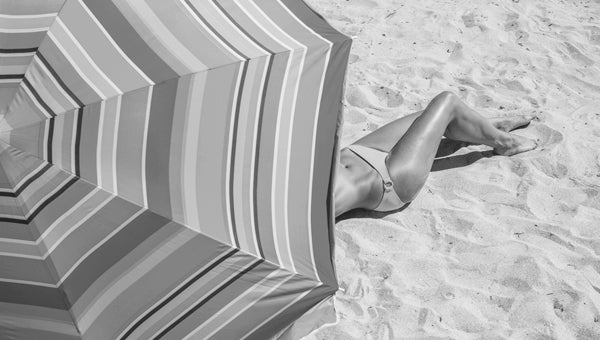A symbol of possible problems to come
Published 1:12 am Sunday, July 5, 2015
 Fashion mogul Coco Chanel and dancer/singer/actress Josephine Baker — besides being the height of 1920s Paris society, the two women had something else in commonL they made having darker skin a symbol of style, health and wealth.
Fashion mogul Coco Chanel and dancer/singer/actress Josephine Baker — besides being the height of 1920s Paris society, the two women had something else in commonL they made having darker skin a symbol of style, health and wealth.
For Chanel, it was quite by accident. She returned from a French Riviera vacation with the remnants of an accidental sunburn, turned tan. As a trendsetter, her tan became the latest thing. Baker was a light-skinned Black woman whose onstage popularity inspired emulation from fans. In France in the 1920s, darker skin was in, ultimately leading millions out into full sun at beaches and pools across the world.
By the 1930s, the medical community had weighed in: sunbathing was a popular cure for many things, from fatigue to rickets. Bathing suits got smaller so more skin was exposed and tanning lotions, and sunscreens, hit the market. In the 1960s, SPF ratings were introduced, but it wouldn’t be until the late 1970s that they would be regulated by the FDA. By then, tanning beds had been invented — they would gain in popularity over the next three decades, becoming a $5 billion American industry by 2009.
The remnants of Chanel and Baker’s style-setting remain to this day — many people perceive a tan as healthy color, perceive that a person with a tan has the time and resources allowing them afternoons at the pool or beach vacations at some exotic location. Unfortunately, the by-product of tanning can result in eye issues, weakened immune systems, age spots, wrinkles, leathery skin and skin cancer, none of which is the least bit trendsetting.
July is UV safety month. The national Department of Health and Human Services is encouraging Americans to avoid the burn and take care of skin before too much damage has been done. According to the Skin Cancer Foundation, just one blistering sunburn in childhood or adolescence more than doubles a person’s chances of developing melanoma later in life. That risk is also doubled if a person has had five or more sunburns at any age.
Skin protection is common sense: stay in the shade. Don’t use tanning booths or lay out in the sun. Use a lot of sunscreen — the recommended amount is two tablespoons of SPF 15 sunscreen with reapplication every two hours. Cover up with hats, sunglasses, sleeves and pants. And never assume a cloudy day means no sunscreen is necessary. It is.
It’s summer. Getting a little sun is unavoidable, but actively courting wrinkles, leathery skin and melanoma by not protecting one’s skin is shortsighted. It’s long past time that people perceive a tan for what it truly is: not a sign of style, health and wealth, but a symbol of possible problems to come.




